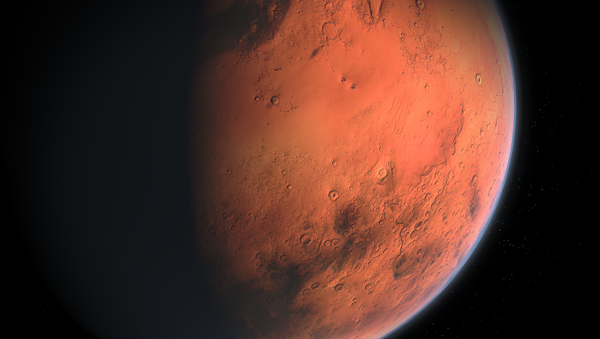A plot twist has happened in the 'Martian chronicles' of NASA's InSight mission, which apparently detected the first signs of seismic activity on Mars.
France's state space agency CNES reported on Tuesday that the lander, which is fitted with a quake-detecting device called SEIS, sensed a quiet signal on 6 April.
Scientists said that this rumble was similar to the moonquakes detected by the Apollo mission.
"InSight's first readings carry on the science that began with NASA's Apollo missions," said the mission's Principal Investigator Bruce Banerdt. "We've been collecting background noise up until now, but this first event officially kicks off a new field: Martian seismology!"
InSight detected another three signals between 14 March and 11 April, but their origin is mired in mystery.
Most earthquakes are caused by parts of our planet's crust, called tectonic plates, sliding past or smashing into each other, but the Red Planet doesn't have any clearly defined tectonic plates, let alone continents.
As is the case with the Moon, trembling inside Mars could be caused by the slow cooling and contraction of its crust, with stress building up until it eventually breaks the crust and causes a crack.
"We've been waiting months for our first marsquake," said Philippe Lognonne, a French planetary seismologist who leads the team that runs the instrument. "It's so exciting to finally have proof that Mars is still seismically active. We're looking forward to sharing detailed results once we've studied it more and modelled our data."
NASA's Mars Interior Exploration using Seismic Investigations, Geodesy and Heat Transport (InSight) lander made a touchdown on the surface of the Red Planet in late November.
Its mission is to study the structure of the planet's deep interior; the findings are expected to help scientists understand how rocky worlds, including ours, form and evolve. It is the first mission to directly investigate the deep interior of a planet other than Earth.


